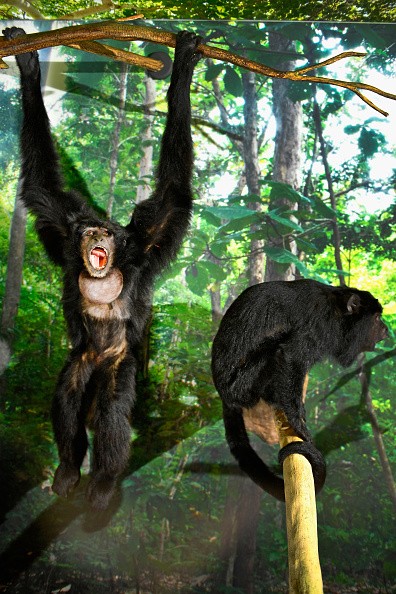A fresh species of gibbons have been found in remote rainforests in southwest China by a team of scientists, who also happen to be big Star Wars fans. Thus, the newly discovered hillock gibbons have been named after one of the movie's iconic characters, Luke Skywalker.
The Skywalker hoolock gibbon, which literally meant "Heaven's movement" in Chinese, has been discovered by researchers after a series of genetic experiments.
The team, which was led by Fan Peng-Fei from Sun Yat-sen University in China, began noticing something unusual about the gibbons they were examining in Yunnan Province, reported the BBC.
Hoolock gibbons are commonly found in Myanmar, Bangladesh, China and India. They live in treetops and have a life expectancy of about 25 years. They typically measure 60 to 90cm in height and weigh 6 to 9kg. Male gibbons are black-colored and have white eyebrows while females have grey-brown fur. The ones found in China's rainforests, however, looked quite different in appearance.
"Their songs, which they use to bond with other gibbons and to mark out their territory, also had an unusual ring," wrote the BBC.
After making genetic comparisons, the team concluded that the primates were from different species. Their scientific name is Hoolock tianxing but the common name is now Skywalker hoolock gibbon, alluding to the popular sci-fi film.
But due to habitat loss, the newly named species have been listed as endangered.
"In this area, so many species have declined or gone extinct because of habitat loss, hunting and general human overpopulation," Zoological Society of London's Dr. Sam Turvey told the BBC.
"So it is an absolute privilege to see something as special and as rare as a gibbon in a canopy in a Chinese rainforest, and especially when it turns out that the gibbons are actually a new species previously unrecognised by science."



























